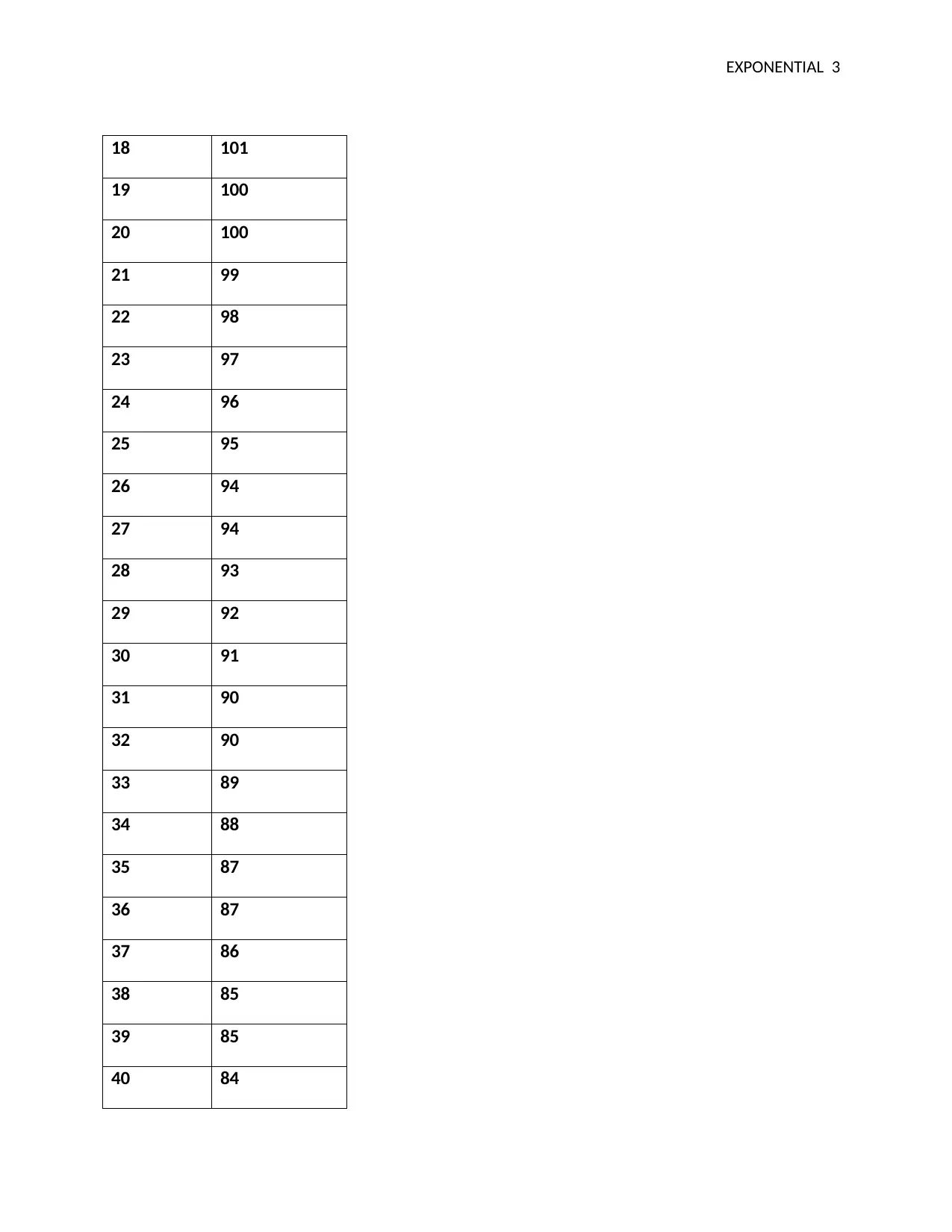Newton's Law of Cooling: An Experimental Investigation & Data Analysis
VerifiedAdded on 2023/04/21
|9
|783
|478
Practical Assignment
AI Summary
This assignment focuses on understanding exponential decay through an experiment based on Newton's Law of Cooling, which states that the rate of temperature change of an object is proportional to the difference between its temperature and the ambient temperature. The experiment involved measuring the temperature of a liquid over time as it cooled, with an ambient temperature of 19°C. The data collected was used to create a scatterplot and analyze the cooling process. The analysis involved using differential equations and integration methods to derive equations for predicting the temperature at any given time. The growth constant 'k' was calculated, and the time needed for the object to cool to half its initial temperature difference was determined. The relationship between the growth constant and half-life was also explored. The study concludes by demonstrating the application of the derived equations and discussing the assumption of conductive heat exchange in the experiment, and the student can find similar solved assignments and study resources on Desklib.
1 out of 9











![[object Object]](/_next/static/media/star-bottom.7253800d.svg)